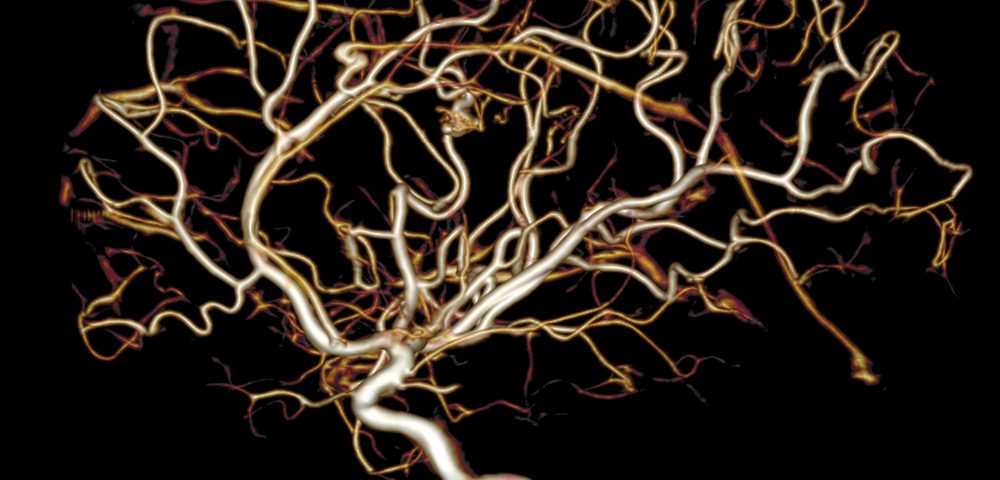A new anti-cancer compound that can effectively cross the blood brain barrier and promote immune activity in the brain may be a promising approach to treat patients with glioblastoma, the most common type of primary brain tumors in adults.
The study, “Discovery of 6-Diazo-5-oxo-l-norleucine (DON) Prodrugs with Enhanced CSF Delivery in Monkeys: A Potential Treatment for Glioblastoma,” published in The Journal of Medicinal Chemistry, shows that the experimental anti-cancer drug that blocks glutamine uptake can be modified to enter the brain in monkeys, possibly enhancing its effectiveness in brain tumors.
Tumors can evade destruction by immune cells in several ways. One mechanism is the generation of a metabolic environment that does not allow immune cells to enter the tumor and attack the tumor cells.
“A tumor uses aggressive metabolism to grow, sucking up all the surrounding nutrients, which leads to a very oxygen-poor, acidic environment that is not conducive to cancer-killing immune cells,” Jonathan Powell, MD, PhD, an associate director of the Bloomberg-Kimmel Institute for Cancer Immunotherapy, said in a press release.
Powell, who previously studied how cancer cells use different metabolic pathways for immune evasion, believes that using drugs that block glutamine uptake — one of the most important nutrients in cancer — may not only reduce tumor growth but also make the tumor environment more welcome to the infiltration of immune cells and give them a chance to attack the tumor cells.
“The hope is to enhance certain immunotherapy drugs by adding such glutamine antagonists,” Powell said.
The glutamine blocking agent 6 diazo-5-oxo L norleucine (DON) was discovered more than 70 years ago. It has shown strong anti-tumor activity in a variety of cancers. Because the gastrointestinal system is a glutton for glutamine, treatment with this agent was associated with severe gastrointestinal toxicity.
In efforts to use the drug as a treatment for brain cancer, researchers sought to develop a way of delivering the drug into the brain with high specificity.
“We wondered whether we could make a safer and more tolerable form of DON by enhancing its brain penetration and limiting its exposure to the rest of the body and, thus, toxicity,” said Barbara Slusher, PhD, professor of neurology, medicine, psychiatry, neuroscience, and oncology at the Johns Hopkins University School of Medicine and director of Johns Hopkins Drug Discovery.
The researchers focused of synthesizing a DON derivative that was highly soluble in lipids, which is known to enhance passage through the blood brain barrier. After entering the brain, the derivative was designed to rapidly metabolize back to DON.
Testing a new derivative dubbed 5c, the researchers injected it intravenously into monkeys. Thirty minutes after injection, the amount of DON in the cerebrospinal fluid of monkeys injected with 5c was 10 times higher than in those injected with the unaltered DON.


